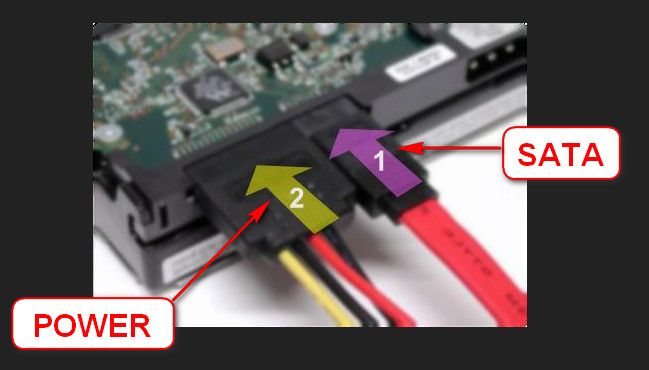New
#1
BSOD after wake up from sleep/hibernate
Hi,
I've bought new laptop, installed fresh windows but get many bsod.
I run disk check (Check your hard disk for errors in Windows 7) and memory check (Diagnosing memory problems on your computer), every thing is OK.
All dump file are in this archive:
https://skydrive.live.com/redir?resi...75804A53F8!107
+ 2 first file (061213-7082-01, 061413-7862-01): I go away more than 15 minutes, my laptop goes to sleep, when I come back and turn it on, it shows bsod.
+ 3 next files: I checked my drivers with verifier.exe, After some test, I detect that bluetooth driver has error, it causes bsod each time my laptop restart (with verifier.exe). I removed this driver.
+ last file (061613-11481-01): happended 5 minutes ago, it alo crashes after waking up from sleep. The chrome is up to date (Version 27.0.1453.110 m).
More Info: I install windows on the second drive (SSD).
Update: I run SF_Diagnostic_Tool and upload result here.
Last edited by merrymenvn; 17 Jun 2013 at 01:03. Reason: Update data


 Quote
Quote
